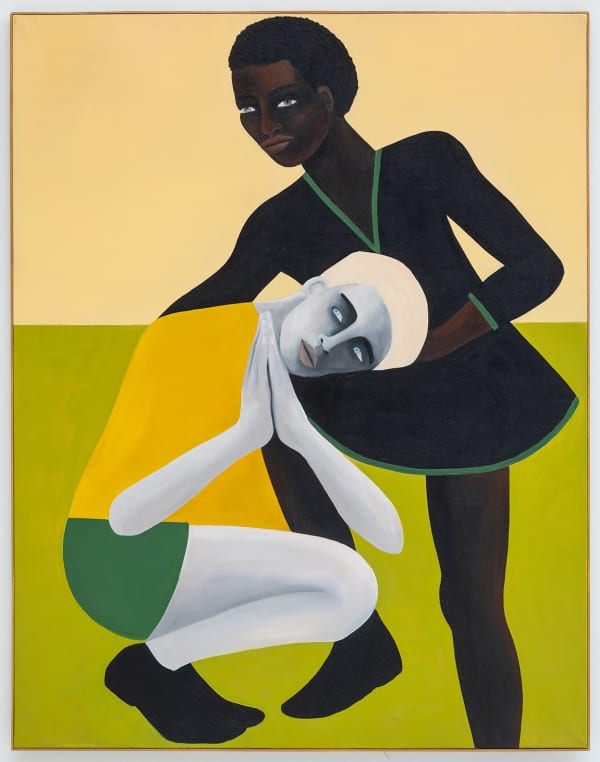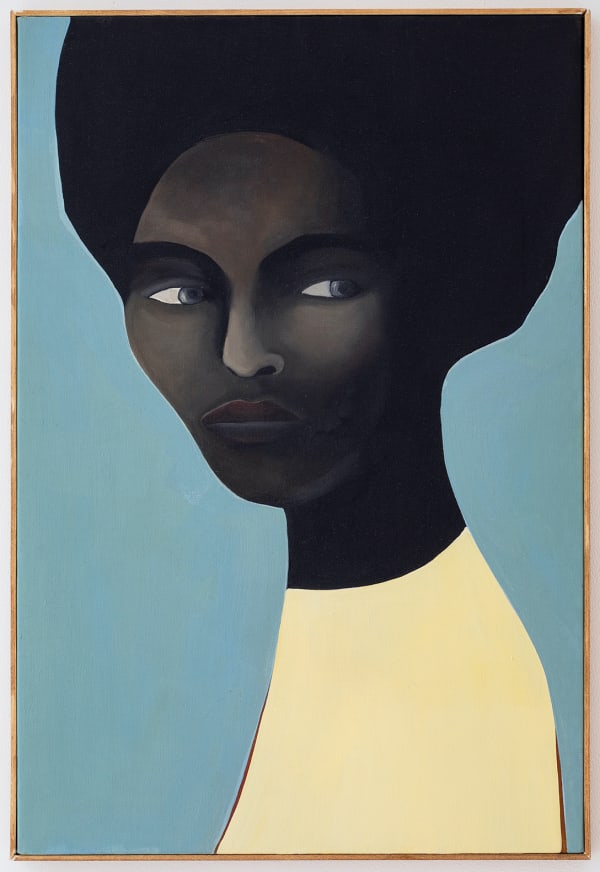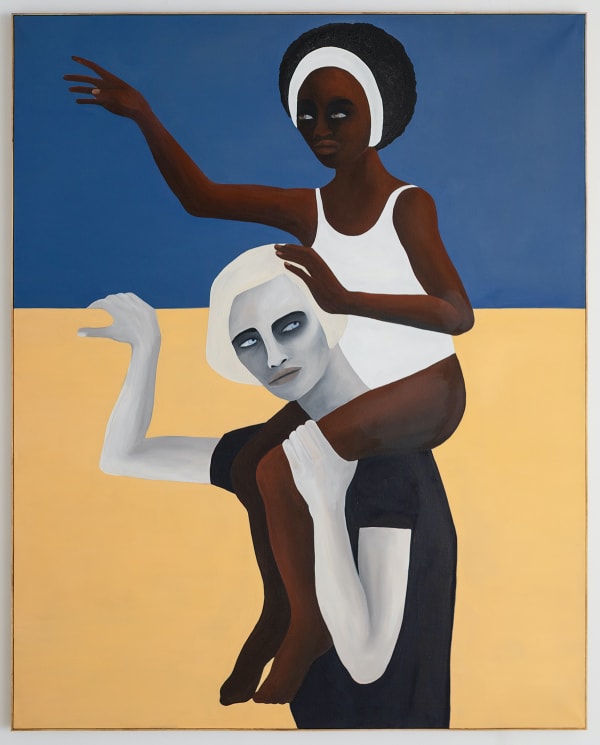-
Rebecca Brodskis - Arrêt sur image
-

-

-
Enquire
-
 Rebecca Brodskis, Arrêt sur image, 2020
Rebecca Brodskis, Arrêt sur image, 2020 -
 Rebecca Brodskis, The childhood of Jacob and Esau, 2020
Rebecca Brodskis, The childhood of Jacob and Esau, 2020 -
 Rebecca Brodskis, La supplication, 2020
Rebecca Brodskis, La supplication, 2020 -
 Rebecca Brodskis, The woman who knew too much, 2020
Rebecca Brodskis, The woman who knew too much, 2020
-
 Rebecca Brodskis, Hafsakah, 2020
Rebecca Brodskis, Hafsakah, 2020 -
 Rebecca Brodskis, Elles, avant la fin, 2020
Rebecca Brodskis, Elles, avant la fin, 2020 -
 Rebecca Brodskis, Enlightment, 2020
Rebecca Brodskis, Enlightment, 2020 -
 Rebecca Brodskis, Theodor, Jacob and I , 2020
Rebecca Brodskis, Theodor, Jacob and I , 2020
-
 Rebecca Brodskis, Aerea, 2020
Rebecca Brodskis, Aerea, 2020 -
 Rebecca Brodskis, La paternité #1, 2020
Rebecca Brodskis, La paternité #1, 2020 -
 Rebecca Brodskis, Amour propre, 2020
Rebecca Brodskis, Amour propre, 2020 -
 Rebecca Brodskis, La paternité #2, 2020
Rebecca Brodskis, La paternité #2, 2020
-
 Rebecca Brodskis, Le lien, 2020
Rebecca Brodskis, Le lien, 2020 -
 Rebecca Brodskis, Self sufficient, 2020
Rebecca Brodskis, Self sufficient, 2020 -
 Rebecca Brodskis, Vlad , 2020
Rebecca Brodskis, Vlad , 2020 -
 Rebecca Brodskis, La penseuse, 2020
Rebecca Brodskis, La penseuse, 2020
-
 Rebecca Brodskis, Virginia, 2020
Rebecca Brodskis, Virginia, 2020 -
 Rebecca Brodskis, Theora, 2020
Rebecca Brodskis, Theora, 2020 -
 Rebecca Brodskis, Egla and Batsheva, 2020
Rebecca Brodskis, Egla and Batsheva, 2020 -
 Rebecca Brodskis, The birthmark, 2020
Rebecca Brodskis, The birthmark, 2020
-
-
-
This evocation of mystery once again relates to cinema, and storytelling more generally, in which observation and the imagination collide to distort the natural order of things. ‘I like the idea that when you stop on a frame of the film, suddenly, that frame takes on the importance,’ she says. For Brodskis, painting has a similar effect, but whilst film reflects the movement of the eye, her portraits allow the image to unfold at a rhythm that opposes fast-paced consumption, and redirects perception. The slow, physical process of oil painting is visible in the precise lines and the considered choice of colours that add a sense of poetic balance to the composition.
Amongst the most intriguing of the portraits are those inspired by people with the skin pigment condition vitiligo. The artist recalls a particular week in Paris, when she kept passing people with vitiligo whom she ‘found so beautiful I had to paint them.’ In the resulting works - Theora and Above the difference - Brodskis has played with the background colours and skin tones to heighten the surrealism of the image whilst the choice of her subject reflects on the past and recent history of portraiture which typically prioritises conventional notions of beauty. -
Many of Brodskis’ paintings reflect on the relationship between different generations, and in this series, there are several striking depictions of parenthood. Each of the paintings La paternite #1 and La paternite #2, for example, depicts a father holding onto the heel of his child who is curved over his head. As is typical of Brodskis’ work, the pose is purposefully playful and performative, and whilst the image is, in many ways, detached from reality, the physical closeness of father and child implies a sense of tenderness. In a similar way, hand gestures are also revealing of a deeper, emotional narrative in many of the paintings, imbuing the characters with a layer of subjectivity. In the painting entitled En attendant l’orage, for example, the mother’s hand grips the edge of the pale orange wall; the child on her shoulders balances one hand on the mother’s head while the other reaches for something beyond the canvas, in the distance.
In this way, the portraits, seemingly disconnected from their context, invite us to invent our own narratives much like we might imagine the lives of people we observe from a seat in a cafe or on a bus. Arrêt sur image is not only a collection of cinematic freeze frames, but also and perhaps more significantly, a series of beginnings.
-
-
Rebecca Brodskis : Arrêt sur image
Past viewing_room




























